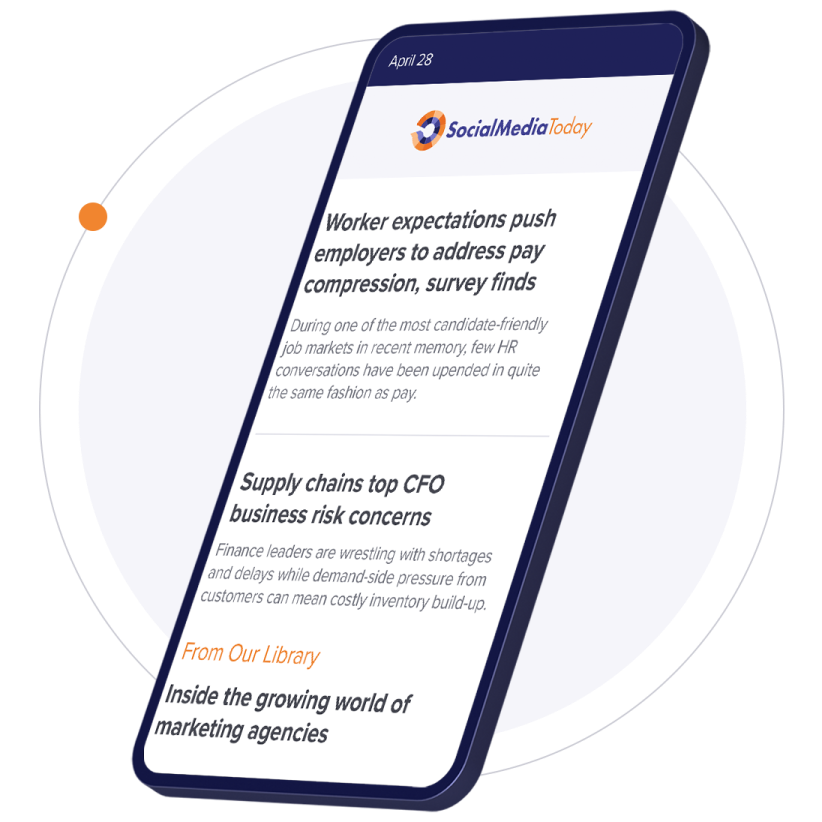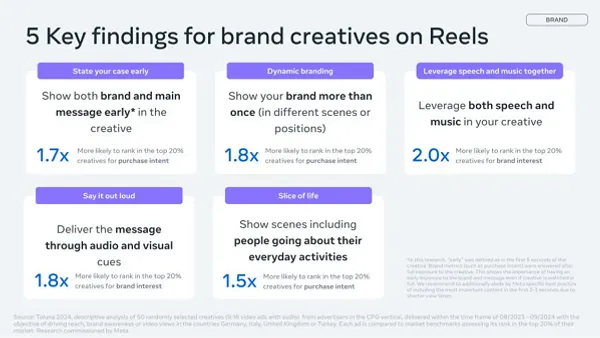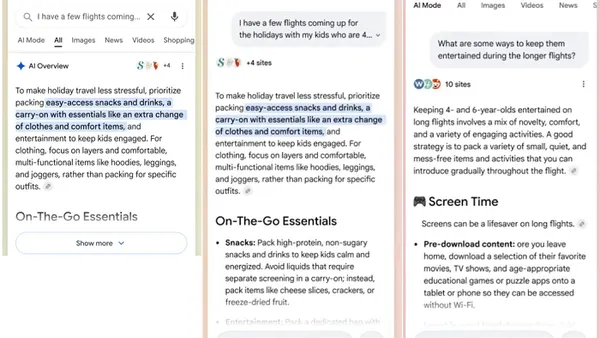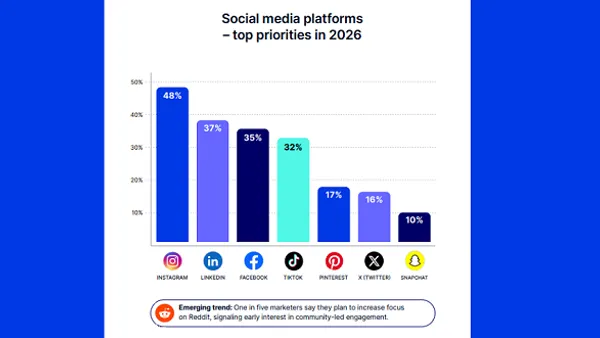The second one I attended was the MobileMonday Toronto event where Anthony Lacavera, Chairman and CEO of Globalive Communications, spoke about his company's plans to launch a new mobile service offering in the Canadian market sometime in 2009.
Being new to social media, as a little exercise I took the learnings from the Rahaf Harfoush lecture and applied its framework to Globalive's social media campaign (i.e. if the company was planning to create one, how would they go about doing it).
With the service launch still months ahead, I listened with interest what strategies Globalive will used to attract wireless subscribers and to challenge Canada's existing triumvirate of wireless carriers: Rogers, Bell and Telus.
Lacavera spoke about building the online forum, wirelesssoapbox.com, to solicit feedback and ideas from interested consumers. He felt that in the time that the forum has been up, it had been successful in providing deep information and insights to help his team go foward with their operational planning. They had parsed over 40,000 comments into three main points:
- people want an easy to use, no-frills phone
- people want the latest technology and features
- people want to understand their billing statement (i.e. how are the charges calculated) so that each monthly statement will not come as a surprise
Towards the end of the presentation, Lacavera mentioned that wirelesssoapbox.com will be phased out, and another form of direct to consumer interaction will replace it. What? He didn't elaborate, but my guess is that Globalive will put in place a social media strategy to leverage the involvement of people who posted in the forum. At least, that would be the logical thing to do. Having already engaged people to the point that they provided Globalive with actionable feedback and opinions, Globalive can lay the framework to invite them to become on-the-street activists and evangelists for its new wireless service.
Although giving their address email was optional, it is highly likely that a fair percentage provided their email address when they posted. It is a tacit permission to continue their conversation with the company. As a new entrant to the Canadian wireless marketing, Globalive must look at the possibilities of social media to build relationships with their propective customers.
Whatever platform that Globalive uses to continue its conversation with consumers (blogging or FaceBook or Twitter), a couple of guidelines to consider (as per Rahaf Harfoush):
- To create a lifestyle brand, put together a consistent message (e.g. a service tagline) and pepper the media and the social networks such as Facebook, Flickr, YouTube and Twitter with this message. By continually keeping Globalive's message in the consumer's mind, it is transformed into mere marketing speak into a values-driven vision of how your service can help people. Of course, a marketing message must be followed by the desired customer experience of your service.
- When participating in the social web with consumers, know that you are giving up control. You are in effect allowing people to use your brand, to morph it, to mash it and otherwise change it beyond its original purpose. That can be a good thing as, potentially, the end result can go viral and be seen by millions of more people. The "Yes We Can" music video by Will.i.am on YouTube being a perfect example of creating the buzz around the Obama's presidential campaign.
- Finally, don't leave your customers or followers hanging in virtual space. Follow the social networking sites or blogs that your customers join, and listen to them. If they provide you with their comments and feedback, reply back to each one individually. Challenge them to act, do or join you in some ways to improve your service.










